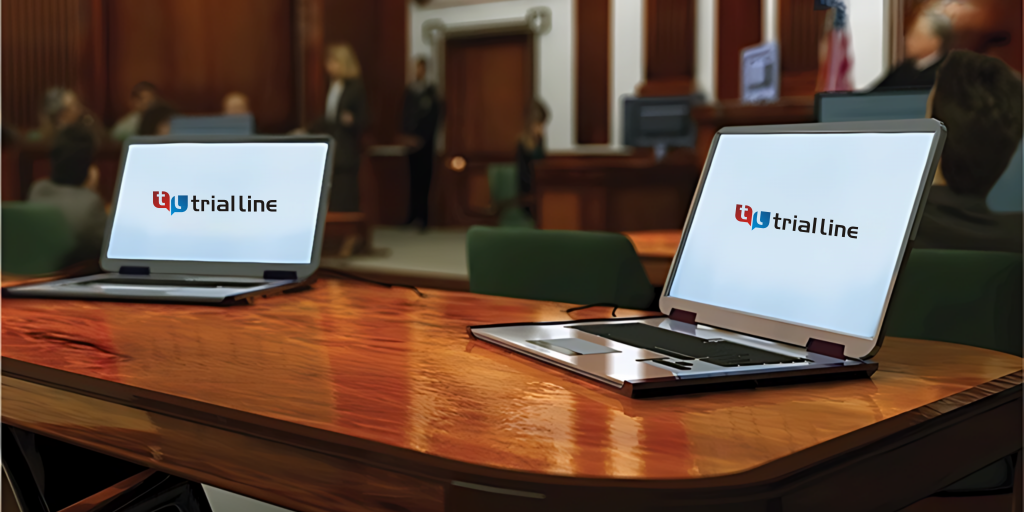The Impact of Trial Presentations Might Significantly Impact Your Courtroom Strategy
The Power of Visuals in Test Presentations for a Winning Disagreement
The integration of visuals in test presentations has actually arised as a critical element in efficiently communicating complex disagreements to jurors. By making use of different forms of aesthetic aids-- be it diagrams, photos, or animations-- lawyers can improve understanding and retention, ultimately forming the jury's assumption of the case.
Significance of Visuals in Tests
In many lawful setups, visuals play a crucial role in boosting the effectiveness of test discussions. The integration of visual elements can substantially impact jurors' understanding and retention of intricate information, consequently shaping their understandings and choices. Visuals, such as charts, representations, and photographs, can streamline elaborate narratives, making them a lot more easily accessible and engaging.
In addition, the human mind procedures aesthetic info extra successfully than message, which underscores the relevance of including visuals right into lawful disagreements. By equating thick legal principles right into visual styles, attorneys can promote clearer interaction, making sure that bottom lines are not ignored during tests.
Additionally, visuals serve to involve jurors on a psychological level, promoting a connection to the instance that words alone might fall short to attain. The calculated use of visuals can evoke compassion, prompting jurors to think about the human facets of the instance.
Eventually, the importance of visuals in tests lies in their ability to enhance clarity, improve juror interaction, and strengthen the narrative being presented. This potent combination is important for crafting convincing debates that reverberate with jurors and influence the outcome of legal proceedings.
Types of Visuals to Use
Efficient test presentations can significantly profit from a selection of aesthetic tools that deal with different elements of the case. trial presentations. Using layouts and graphes can properly damage down complicated info, making it more digestible for jurors. For instance, flowcharts can show the sequence of events, while bar charts may succinctly compare pertinent information factors.

Animations and simulations can likewise play an important function, especially in instances entailing technical information or intricate circumstances. These visuals can dynamically stand for processes or actions, supplying clearness and interaction that fixed photos may not attain.
Furthermore, infographics incorporate message and visuals to sum up essential details successfully. They can present timelines, data, and substantial situation factors in a visually attractive way, making it much easier for jurors to comply with the disagreement.
Enhancing Comprehension and Retention

Enhancing understanding and retention throughout test presentations is important for ensuring that jurors comprehend the necessary components of an instance. Aesthetic help act as effective devices hereof, translating complex information into quickly absorbable formats. By using graphes, diagrams, and infographics, attorneys can streamline complex information and highlight bottom lines this that might otherwise be neglected.
Research studies have shown that people preserve info dramatically much better when it is offered aesthetically. This is specifically important in a trial setup, where jurors might be bewildered by the quantity of evidence and testimony. By purposefully incorporating visuals, lawyers can route jurors' attention to the most important elements of the case, strengthening their understanding and memory of the material presented.

Producing Engaging Presentations
Fascinating jurors' focus throughout trial discussions is important for sharing a compelling story. Engaging discussions take advantage of aesthetic aspects to create an unforgettable experience that reverberates with jurors. The calculated use of graphics, computer animations, and videos can clarify intricate info, making it much more easily accessible and relatable.

In addition, incorporating narration strategies can improve engagement. Offering proof in a sensible series that develops sob story enables jurors to get in touch with the Recommended Reading material on a personal degree. Numerous presentation styles, such as incorporating brief video or interactive aspects, can likewise endure passion and interest throughout the test.
Ultimately, an interesting discussion fosters a much more extensive understanding of the case, enabling jurors to better value the debates being offered and resulting in a more favorable end result.
Study and Success Stories
Various case research studies highlight the considerable influence of visuals in test presentations, showing their capacity to influence juror perceptions and ultimately the results of cases. A noteworthy situation entailing an individual injury claim showed how the usage of a 3D computer animation of the accident scene clarified intricate details. Jurors reported feeling even more informed and understanding, significantly persuading their choice in support of the complainant.
In an additional circumstances, a corporate litigation situation utilized infographics to existing financial data and timelines, making detailed information accessible. The aesthetic representation enabled jurors to understand the nuances of the situation much more efficiently than spoken explanations alone. trial presentations. Therefore, the court returned a decision that went beyond the customer's expectations
Furthermore, a criminal defense instance employed photos and video clip evidence i loved this to develop an alibi. The compelling visuals not only aided in creating uncertainty yet likewise reverberated psychologically with jurors, causing a pardon. These success stories underscore the need of integrating visuals into trial discussions, as they enhance understanding, retention, and eventually, the influential power of lawful disagreements. The strategic use of visuals is unquestionably transforming the landscape of trial campaigning for.
Final Thought
In final thought, the critical incorporation of visuals in test discussions substantially boosts jurors' understanding and retention of intricate information. Engaging presentations, supported by engaging situation studies, demonstrate the profound influence that visuals can have on convincing communication.